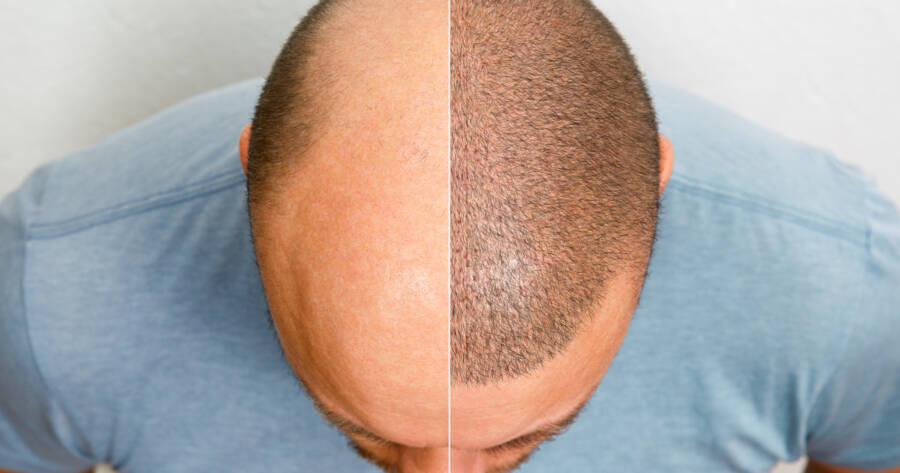Hair loss can be a distressing experience, impacting self-esteem and confidence. Fortunately, advances in medical technology have made hair transplants an effective solution for many. If you’re considering undergoing a hair restoration procedure, you can explore various types of hair transplants.
Understanding Hair Transplants
Hair transplants involve moving hair from a part of the body, typically the back of the head, to the hair loss area. The procedure has evolved significantly, offering various techniques that cater to different needs.
We’ll discuss the most popular hair transplant options below. Detailed information is available to help you better understand how these procedures are performed.
Follicular Unit Transplantation (FUT)
FUT, also known as strip surgery, involves removing a strip of scalp from the back of the head and transplanting individual hair follicles to the balding area. The primary benefit of FUT is that it allows for a large number of grafts to be transplanted in a single session, making it ideal for extensive hair loss. 1
FUT is often also cheaper than other types of hair transplants. Reputable resources provide further details on FUT, including recovery times and potential scarring.
Follicular Unit Extraction (FUE)
FUE is a more recent technique where individual hair follicles are extracted directly from the scalp and transplanted to the balding areas. The key advantage of FUE is minimal scarring, making it a preferred option for those who like to wear their hair short. 2
Patient testimonials and medical guides offer insights into the FUE process and its outcomes.
Robotic Hair Transplantation
Robotic hair transplantation uses advanced robotic technology to enhance the precision and efficiency of the FUE method. This technique reduces the chance of human error and can improve the overall aesthetic result.
Potential patients can find reputable articles and videos demonstrating this cutting-edge technology.
Post-Procedure Care and Recovery
Proper post-procedure care is crucial for the success of any hair transplant. After the surgery, patients must follow specific guidelines to ensure optimal healing and hair growth. This typically includes avoiding strenuous activities, protecting the scalp from direct sunlight, and adhering to a prescribed hair care regimen.
Understanding the recovery process and potential side effects can help manage expectations and promote better outcomes. Many medical websites and forums provide detailed recovery tips and patient experiences, which can be invaluable resources for those considering hair transplants.
Costs and Financing Options
The cost of hair transplants can vary widely depending on the technique used, the extent of hair loss, and the location of the clinic. While FUT generally costs less than FUE, it’s important to consider the long-term value and desired aesthetic results. Many clinics offer financing options or payment plans to make the procedure more accessible.
Researching different providers and comparing costs can help patients find affordable solutions that fit their budget. Consultation services can offer insights into the financial aspects of hair transplantation, helping prospective patients plan accordingly.
Regain Your Confidence
Hair transplants offer a solution to hair loss, with various techniques providing different benefits. Whether it’s the grafting capacity of FUT, the minimal scarring of FUE, or the precision of robotic transplantation, each method has its unique advantages.
Prospective patients should do their research and consult with specialists to understand which technique best suits their needs. Remember, the goal of hair transplantation is not just to restore hair but also to boost confidence and improve quality of life.
